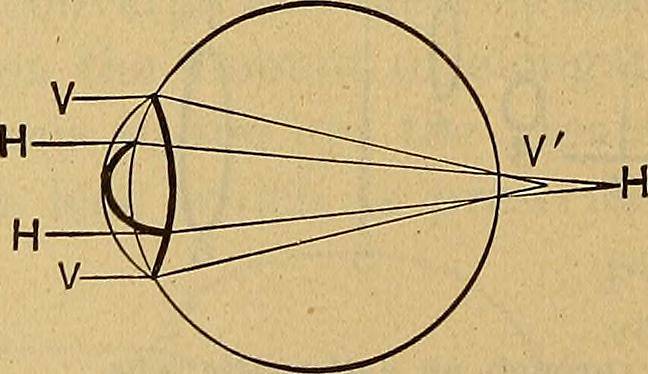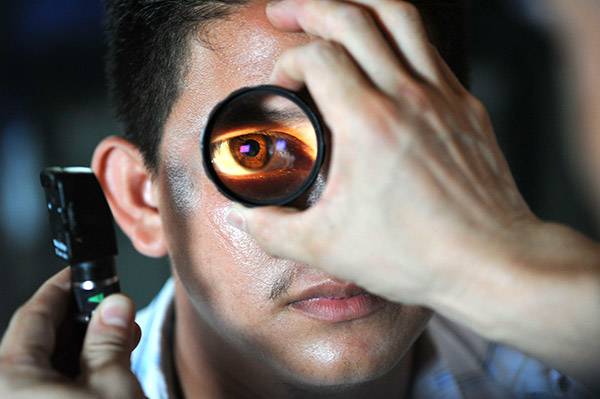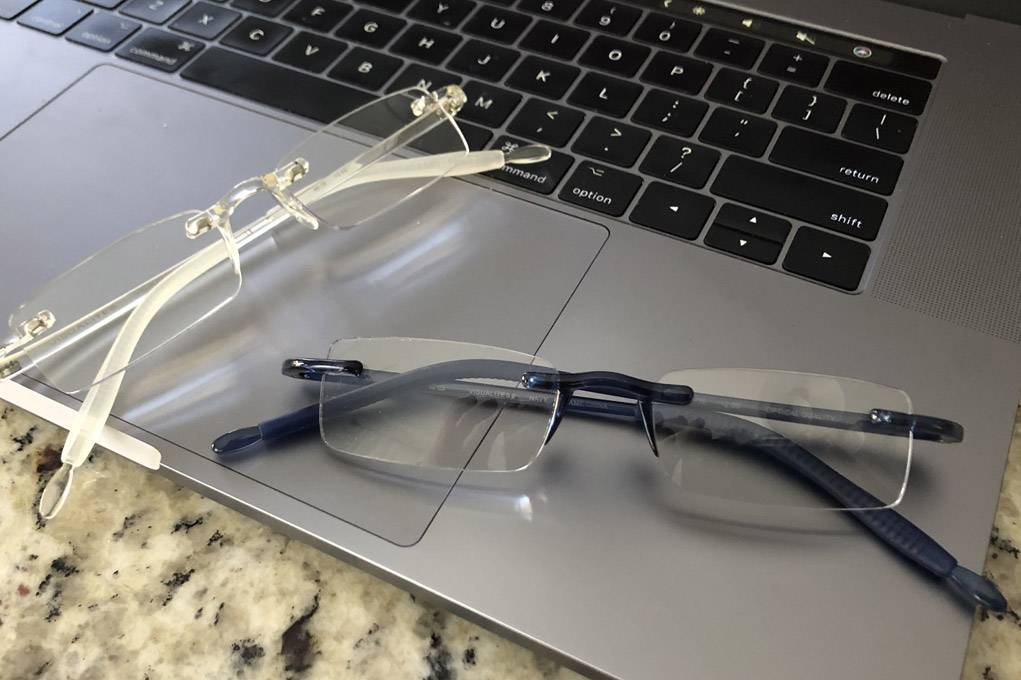
Reading Glasses for Astigmatism
What is Astigmatism?
Unlike glaucoma or age related macular degeneration, astigmatism is a relatively benign condition. It is not the type of condition like cataracts which require eye surgery, either. In fact, astigmatism is a pretty common condition of the cornea that can be easily treated with the right pair of glasses.
When a cornea develops improperly, light is distributed unequally to the retina, causing what in osteopathic medicine is called a “refractive error”(an imperfection in vision that doesn’t allow the eye to properly focus). This is astigmatism. In most people, the cornea looks like a round, symmetrical ball; for people with astigmatism, the cornea’s shape more closely resembles an egg.
With this misshapen cornea, one of the eyeball meridians is more curved than the perpendicular meridians, causing light to be refracted improperly. This condition is extremely prevalent in many people, but only some will need glasses to treat their astigmatism. In many cases, the condition is not significant enough to even call for treatment.
Types of Astigmatism
There are three main types of astigmatism: “myopic,” “hyperopic,” and “mixed.”
With mixed astigmatism, one of the principle meridians will be farsighted (hyperopic) while your other meridian will be nearsighted (myopic). In the case of myopic astigmatism, both of the principle meridians are nearsighted with differing degrees of myopia, though, in some cases, only one of the meridians are astigmatic. Hyperopic astigmatism renders both of the cornea farsighted and hyperopic in varying degrees, though, it also sometimes affects only one eye.
Classifications of Astigmatism
In addition to the different strains of the condition, there are also different classifications, regular and irregular. “Regular” corneal astigmatism is the more common of the two. It renders the principle meridians perpendicular to each other and 90 degrees apart.
Less common is “irregular” astigmatism, which can be caused by scarring from an eye injury or keratoconus, a thinning of the cornea caused by other underlying conditions. In some rarer cases, certain eye surgery procedures have resulted in this type of astigmatism.
Diagnosis of Astigmatism
Your eye doctor will easily be able to identify astigmatism in your eyes with a retinoscopy test. This is performed by shining light into your eye while introducing a series of lenses between the light to see how the cornea responds. If you notice changes in your vision, are squinting or experiencing headaches, you may have astigmatism. Or you may just need a pair of stylish reading glasses!
 Treatment of Astigmatism
Treatment of Astigmatism
There are a number of treatment options for astigmatism, and unfortunately simply buying reading glasses is not an option. The options you will most likely be provided with include prescription glasses/lenses and surgery. You and your opthamologist will make a decision based on your level of astigmatism, lifestyle, and other factors.
Contact lenses are a great option as they refract light rays entering your vision into more accurate focus. Eyeglasses are the safest and simplest way to treat the condition. Refractive surgery is the best option as it permanently reshapes the cornea, restoring focus precisely.
If you are experiencing vision issues, it may be that all you need is a pair of reading glasses. Some symptoms of simple age-related farsightedness are the same as astigmatism (such as eye strain and headaches). If you do have astigmatism, we hope this information points you in the right direction for the best treatment.
You can read our post on symptoms of presbyopia and age related farsightedness here.
You can read our post on what presbyopia is here.

 Treatment of Astigmatism
Treatment of Astigmatism




